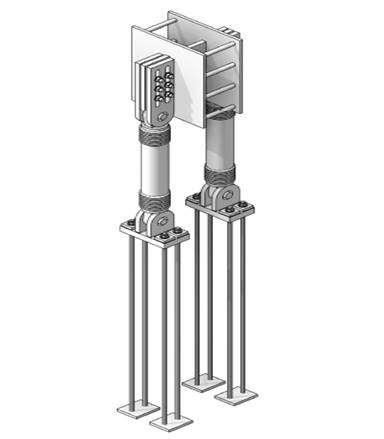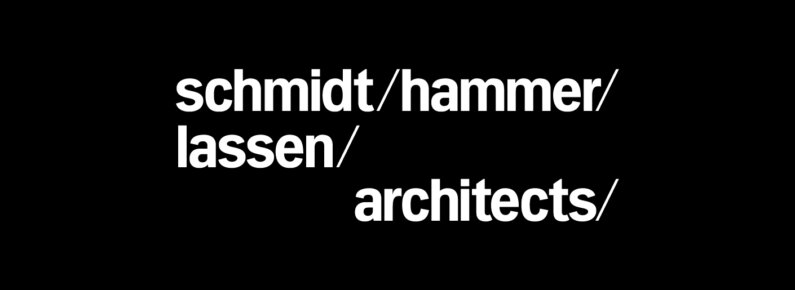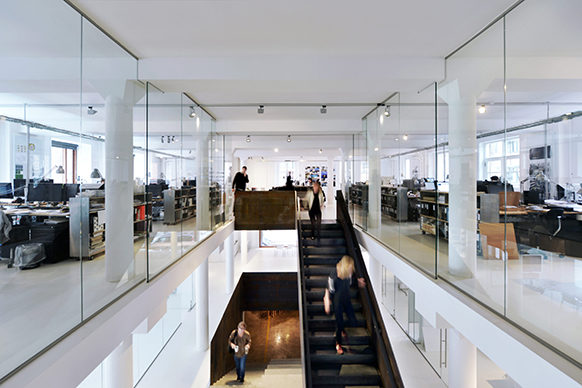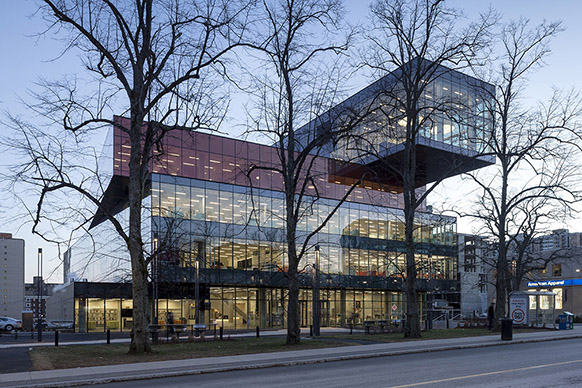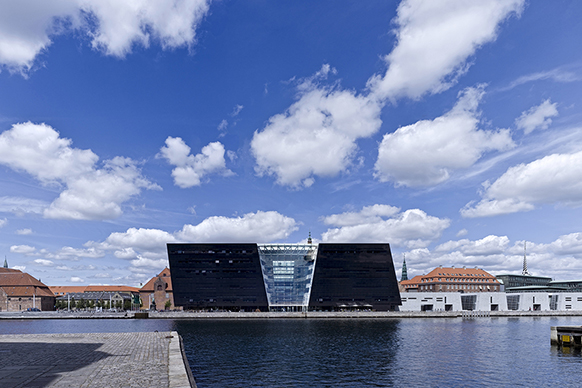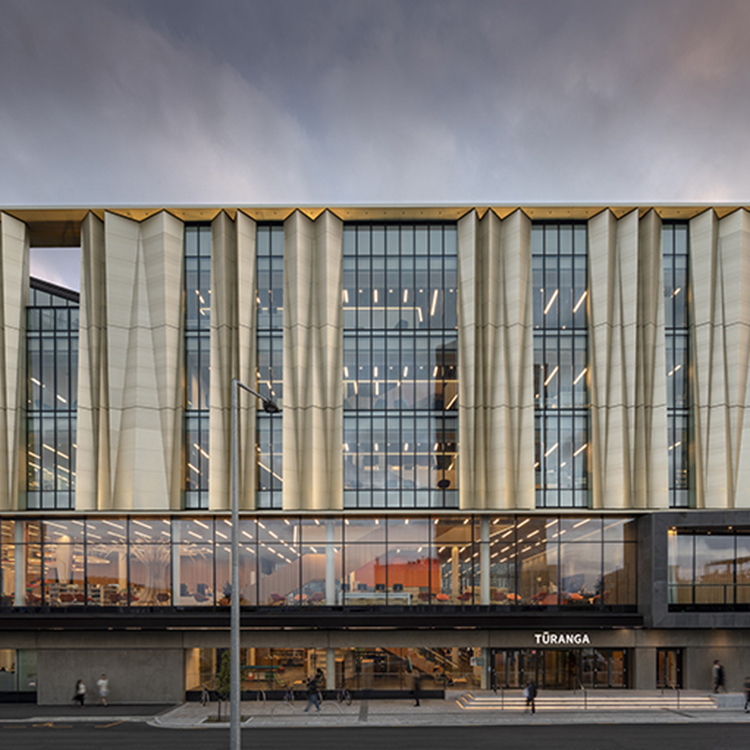
Tūranga, Christchurch, Nova Zelândia
Ao longo de 15 meses em 2010 e 2011, Christchurch, a maior cidade da ilha sul da Nova Zelândia, foi devastada por quatro grandes terremotos que derrubaram uma cidade conhecida por suas artes, cultura e beleza natural circundante. Pouco depois, a cidade estabeleceu o plano de recuperação central de Christchurch focado em 17 projetos âncora que se tornaria catalisadores para o desenvolvimento na cidade central. O esforço de recuperação não é simplesmente restaurar o que estava lá antes dos terremotos, mas sim fazer uma cidade ainda melhor-o que inclui melhorar o bem-estar social, econômico, cultural e ambiental da maior Christchurch e suas comunidades.

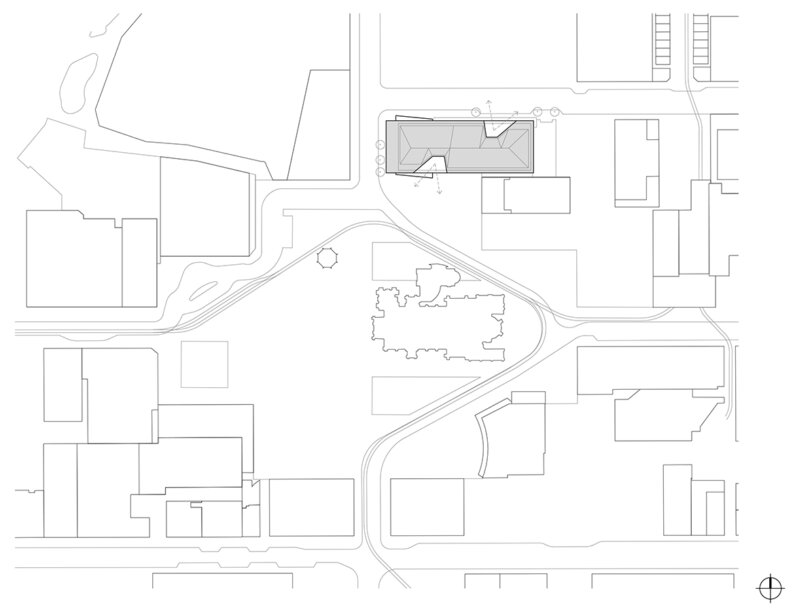
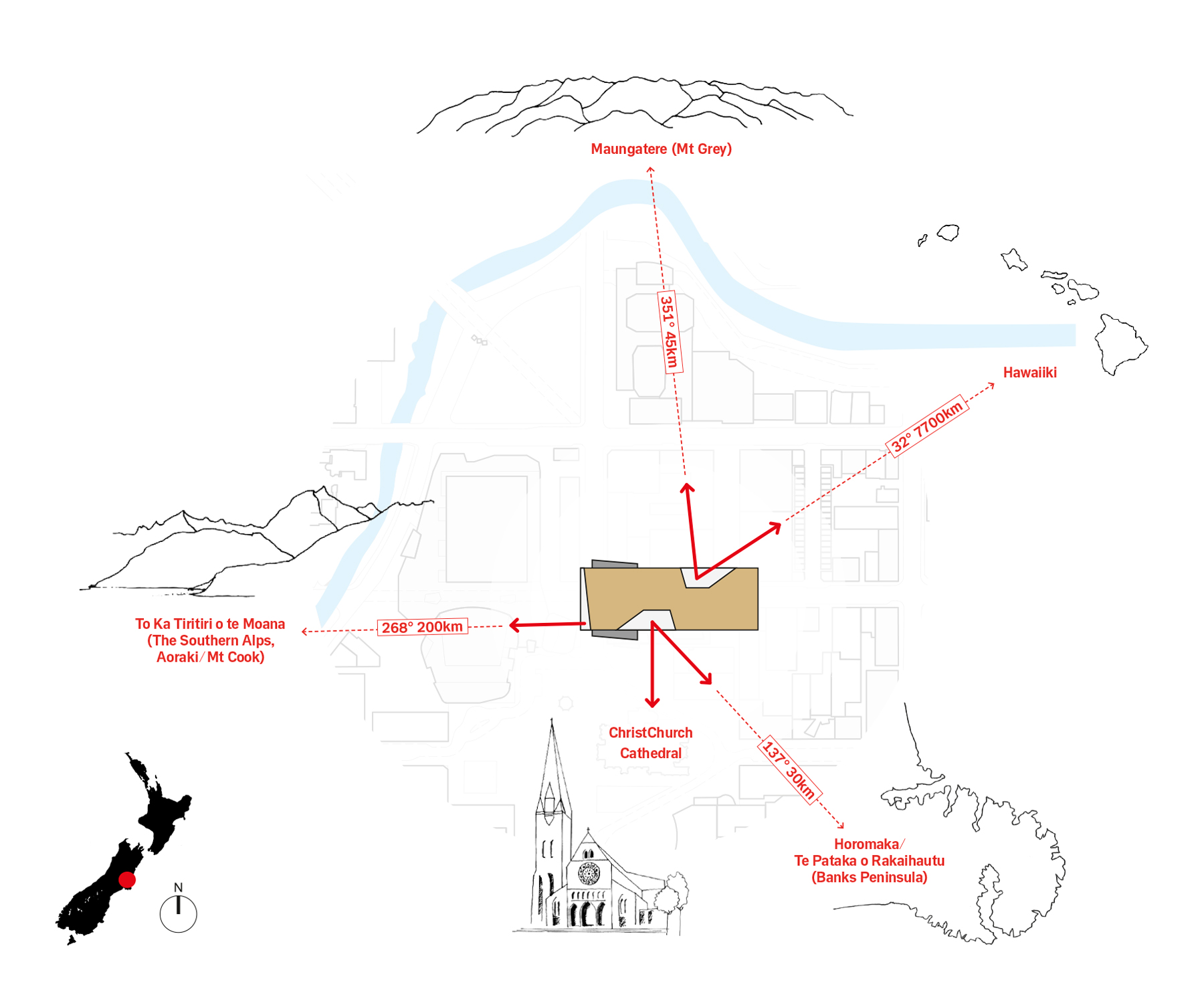

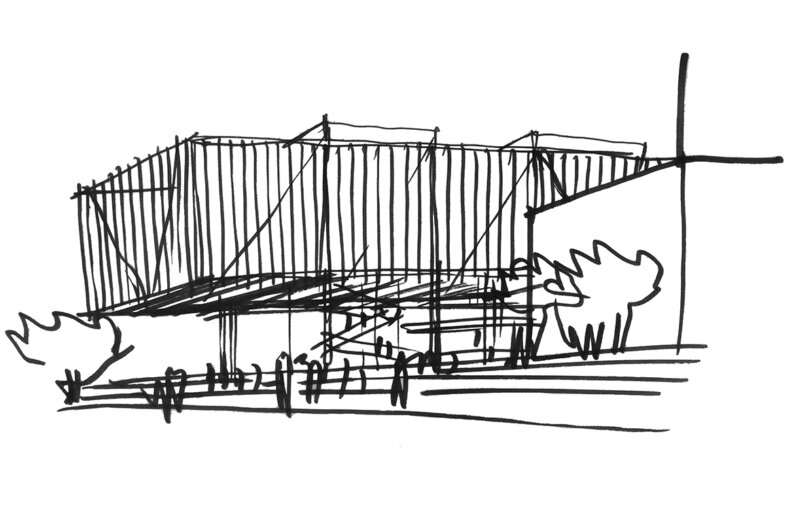

No início do processo de design, os arquitetos colaboraram com o Matapopore caridade fiduciário, uma organização cujo objetivo é garantir os valores, aspirações e narrativas do povo local Ngāi Tūāhuriri são realizados ao longo da recuperação de Christchurch. Sua influência sobre o design do edifício é substancial — desde materiais de construção até orientação física, há uma rica tapeçaria de ascendência, conhecimento tradicional e cultura tecida em todo o Tūranga.









